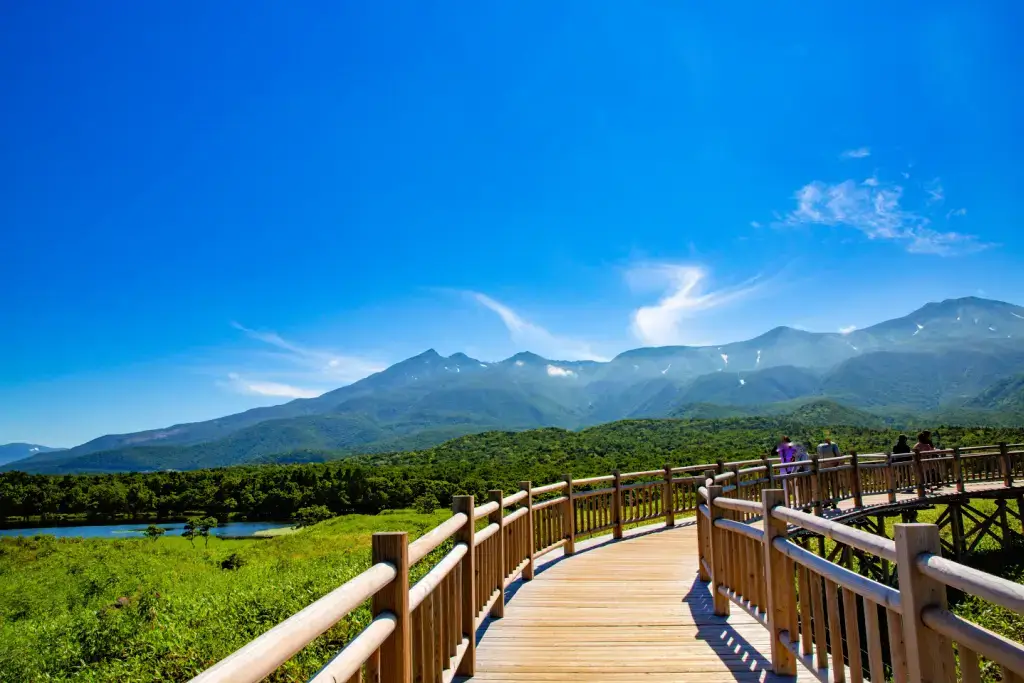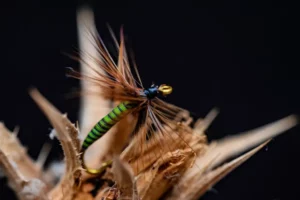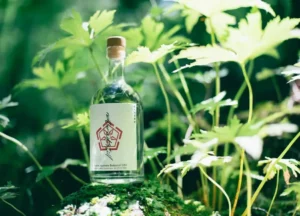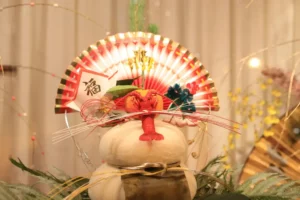Shiretoko National Park is one of Japan’s wildest and most beautiful natural areas, known for its rugged mountains, rich wildlife, and dramatic coastline. Its remote setting makes it feel like the edge of the world, perfect for travelers looking for adventure and untouched scenery. With stunning landscapes and deep cultural heritage, Shiretoko is a must-visit destination for anyone exploring northern Japan.
Table of Contents
ToggleIntroduction and Human History
Shiretoko National Park, located on the northeastern tip of Hokkaido, is often described as Japan’s last great wilderness. The name comes from the Ainu word sir etok, meaning “the end of the Earth,” a phrase that reflects the park’s remote and untouched character. Dramatic cliffs, mountains, forests, and coastlines shape its landscape, making it one of the most striking natural areas in the country.
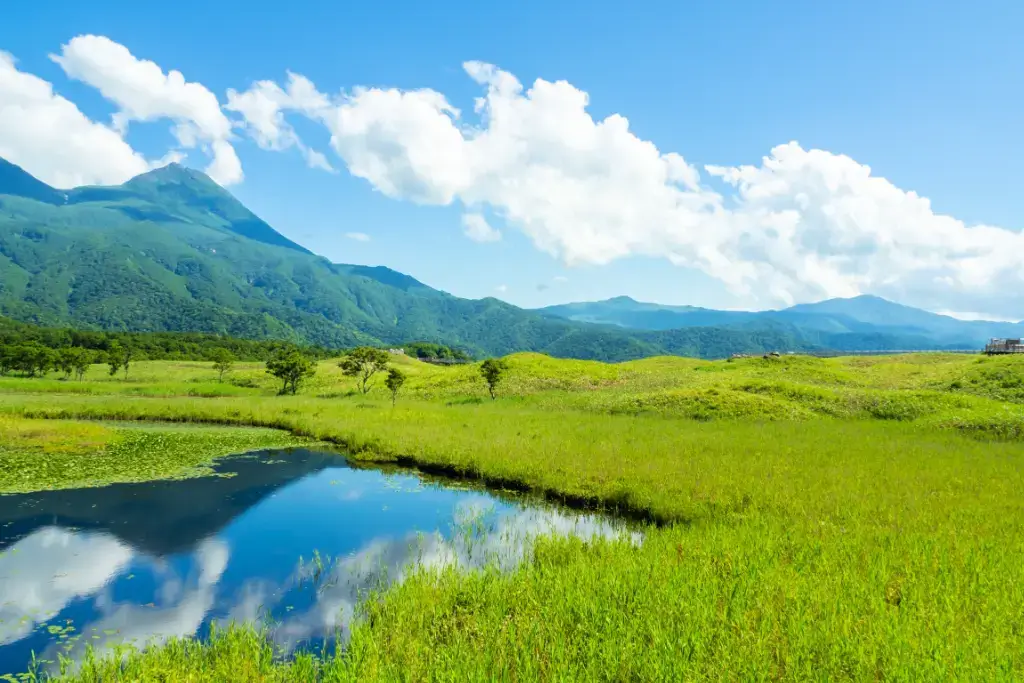
The Ainu people lived in Shiretoko for centuries, relying on its land and sea for food and spiritual connection. During the Edo period (1603-1868), Japanese settlers arrived for fishing and resources, but the harsh climate limited development. Shiretoko was designated a national park in 1964, and its recognition as a World Heritage Site in 2005 emphasized its cultural and environmental importance.
The Landscape of Shiretoko
The park’s landscape is shaped by mountains, forests, rivers, and a coastline that drops into the Sea of Okhotsk. At the center stands Mount Rausu, a volcano that dominates the skyline and attracts experienced hikers. Nearby, the Shiretoko Five Lakes offer views of the forests and peaks. In winter, drifting sea ice from Russia’s Amur River reaches the coastline, creating an unusual natural event that few other places in Japan experience.
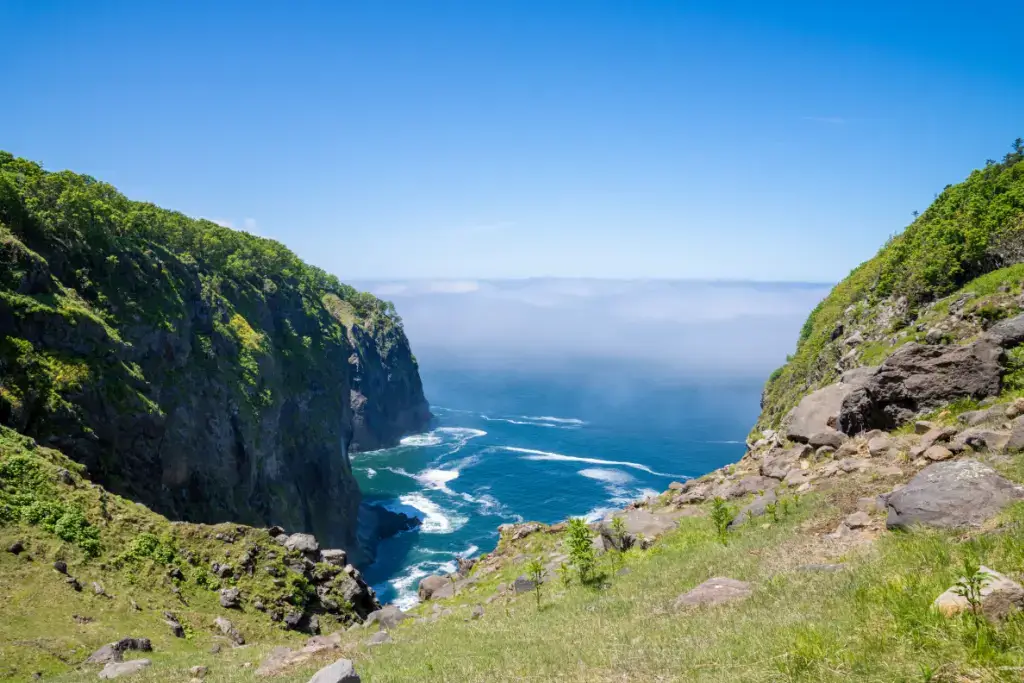
The coastline is equally dramatic, marked by waterfalls that plunge directly into the sea. Kamuiwakka Falls is especially famous because its warm volcanic waters flow into a natural river bath. Visitors can also take sightseeing cruises to view sea cliffs and hidden inlets inaccessible by road. This mix of rugged mountains and untamed coastlines highlights the park’s unique position between land and sea.
Are you looking for great snacks from places like Hokkaido? Check out Sakuraco! Sakuraco delivers traditional Japanese snacks, teas, and sweets from local Japanese makers directly to your door. Enjoy the latest treats directly from Japan!

Wildlife and Ecosystems
Shiretoko is home to one of the densest populations of brown bears in Japan. Visitors often see them from safe distances while hiking or on boat tours. The park is also rich in birdlife, including rare species like the Blakiston’s fish owl, one of the largest owls in the world. Whales, dolphins, and seals are commonly spotted along the coast, and this balance of land and sea ecosystems has made Shiretoko an essential site for conservation.
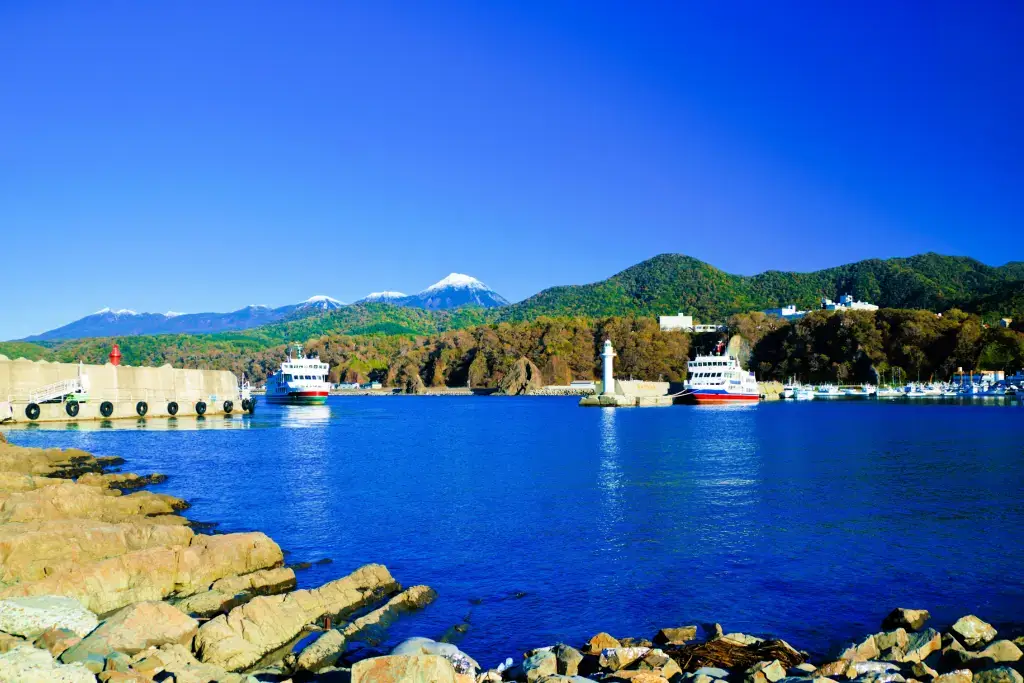
The area’s ecosystems are closely tied to the flow of nutrients from ocean to forest. Salmon and trout swim upstream from the sea, providing food for bears and birds, while decaying fish enrich the soil for plants. This natural cycle supports a relationship that is both fragile and resilient. Because of its ecological value, Shiretoko is part of studies on how marine and land ecosystems interact. Protecting this balance is key to maintaining the park.
Activities and Experiences
Shiretoko offers a range of activities for visitors who enjoy the outdoors. Hiking is one of the most popular options, with trails ranging from short walks around the Shiretoko Five Lakes to challenging climbs up Mount Rausu. Wildlife viewing is another highlight, whether through guided tours or boat cruises along the rugged coastline. In winter, travelers can take part in drift ice walks, donning special dry suits to experience the frozen sea safely.
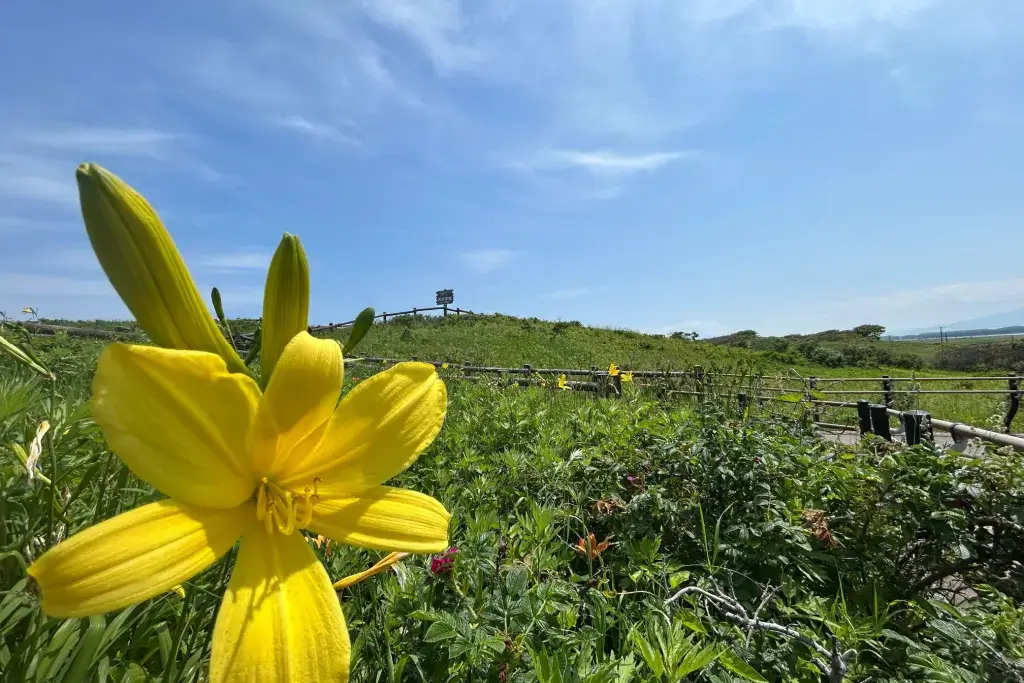
For those looking for more relaxing experiences, hot springs are available in nearby towns like Utoro. These baths provide a warm contrast to the cold northern climate and are a traditional way to unwind after a day of exploration. Cultural activities, such as Ainu craft workshops or local food tasting, are also available. The combination of adventure, relaxation, and activities makes Shiretoko appealing to many travelers.
Why visit Shiretoko National Park?
Shiretoko is one of the few places in Japan where you can see wild bears, rare owls, and drifting sea ice all in one region. Its mix of marine and forest life creates experiences that are as educational as they are breathtaking. The remote location makes it feel like an adventure, rewarding travelers who go off the beaten path. Every activity offers a deeper connection with nature, from hiking trails to boat cruises.
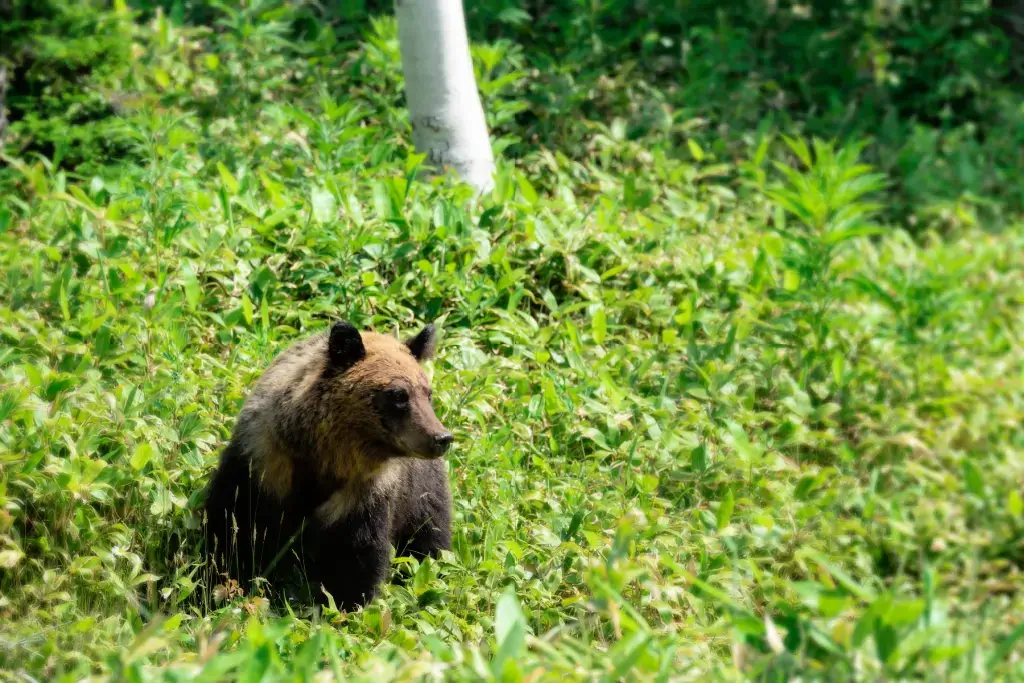
The park also reminds visitors of the value of untouched wilderness in today’s world. It encourages visitors to slow down, observe, and appreciate the balance of ecosystems. At the same time, it offers modern comforts like guided tours and conservation centers to enhance the experience. By visiting Shiretoko, you see incredible natural beauty and support efforts to protect it.
Overall, visitors can hike mountains, watch wildlife, or enjoy the peace of being far from cities. Shiretoko continues to inspire locals and travelers worldwide with its balance of natural beauty and cultural roots. Have you ever been to Shiretoko National Park? Will you visit in the future? Let us know in the comments below!
Cited Sources
- Japan National Tourism Organization. “Shiretoko National Park“.
- Ministry of the Environment (Government of Japan). “Shiretoko National Park: Rich Ecosystems Linked by Ice Drifts and Majestic Landscapes of Mountains and Coastal Cliffs Created by Volcanic Eruptions“.
- Hokkaido Official Tourism Site. “Shiretoko National Park Nature Center: Your Gateway to the Great Outdoors“.

